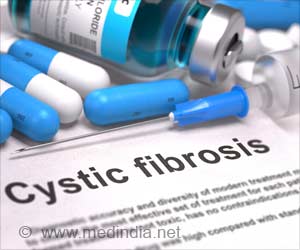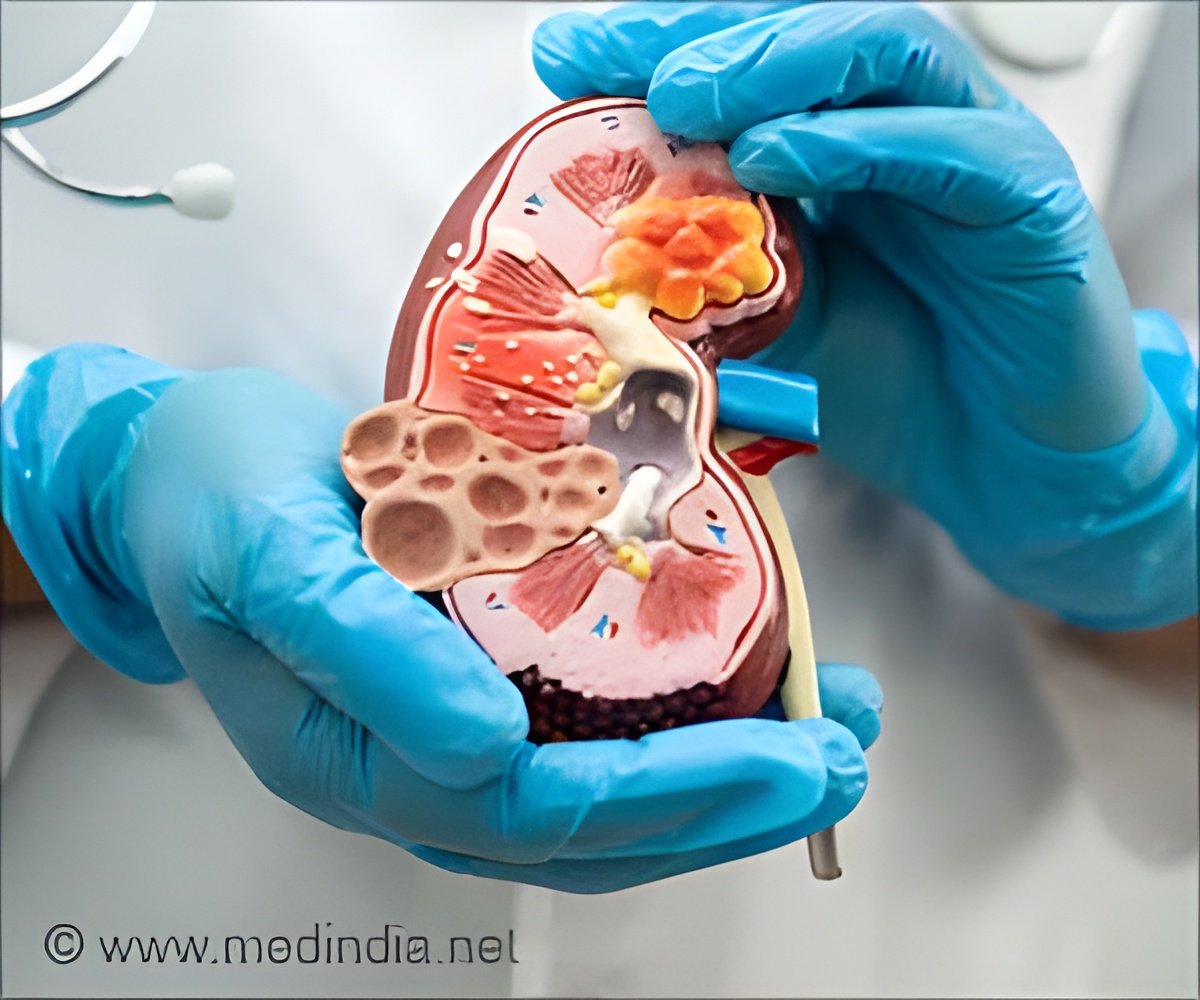Mandana Emamzadeh, PhD, Pharma Analyst at GlobalData, comments: “As there are very few promising pipeline agents in late-stage development for CF, numerous opportunities will remain for drug developers to address these unmet needs in the next decade and beyond.”
‘Drug developers have a long road of opportunities to address unmet needs in cystic fibrosis therapeutics market.’
Development of more effective or curative therapies
CFTR modulators are currently the only available treatments that target the underlying cause of CF. However, some patients with rare CFTR mutations are still ineligible to receive currently marketed therapies.
Emamzadeh comments: “Opportunity remains for developers to investigate CFTR modulators for less common mutations. There are currently only two CFTR modulators in Phase II clinical trials, both being developed by AbbVie*.
“It is unclear whether these pipeline agents will provide new options for patients with rare mutations, but they will likely provide alternatives for patients that develop intolerances, allergies, or experience adverse events to existing CFTR modulators. Further, competition in the CFTR modulator space may help drive down drug prices and improve market access.
“Overall, opportunity still remains for drug developers to create new innovative approaches to target CF.”
Development of therapies to target chronic lung infection
Due to their frequent use of antibiotics, CF patients are at high risk of developing drug resistance. As a result, current therapeutic guidelines recommend that patients switch between two or more inhaled antibiotic products, each with high costs. However, not all CF patients can tolerate the currently available inhaled antibiotics. As such, there is a need for novel antibiotic formulations that have reduced local side effects such as lung and throat irritation and pain, as well as decreased therapy burden.
Emamzadeh continues: “In terms of reducing therapy burden, there is a need for products that can be administered more quickly, via fewer daily doses, using devices that are simple to operate, portable, and low maintenance. Currently, there is a lack of late-stage antibiotic pipeline products, so the significant unmet need in this space is expected to persist over the next decade.”
Development of novel mucolytic therapies
Mucolytic agents are inhaled therapies, and the use of two or three of these products on a daily basis substantially increases the therapy burden for CF patients. This is especially true for patients that need to follow their mucolytic therapy regimen with inhaled antibiotics.
Currently, there are only two branded mucolytic agents: Genentech’s Pulmozyme (dornase alfa) and Chiesi USA’s Bronchitol (mannitol). Hypertonic saline is often used interchangeably or in combination with Pulmozyme.
Emamzadeh adds: “There is no clear market leader in the mucolytic agent space. A novel mucolytic agent that demonstrates increased efficacy and sufficient safety, lowers therapy burden, and has the potential to reduce lung infection rates would be a welcome sight and receive strong market uptake in the CF setting. The absence of mucolytic pipeline agents in late-stage clinical trials signals a key opportunity for developers to enter this space.”
Improvement of treatment compliance
One major reason for low compliance among CF patients is the enormous daily therapy burden. Administering treatments requires a significant amount of personal time, which can have negative impacts on social functioning. Other issues affecting compliance include the complexity of administered treatments, duration of drug administration, patient age, occurrence of local side effects, and patient satisfaction with the therapies.
Emamzadeh adds: “There is a wide range of environmental factors that affect compliance. These include a lack of education and understanding of CF, as well as insufficient support from the patient’s family – especially during childhood. As such, a significant need remains not only for treatments that can reduce therapy burden and improve patient compliance, but also for greater investment into strategies to enhance the psychological, social and educational support available to the CF patient population.”
ABBV-3067 is a CFTR potentiator being investigated alone and in combination with galicaftor (ABBV-2222), a CFTR corrector that is also being studied for use in CF patients who are homozygous for the F508del CFTR mutation.
Source: Medindia



